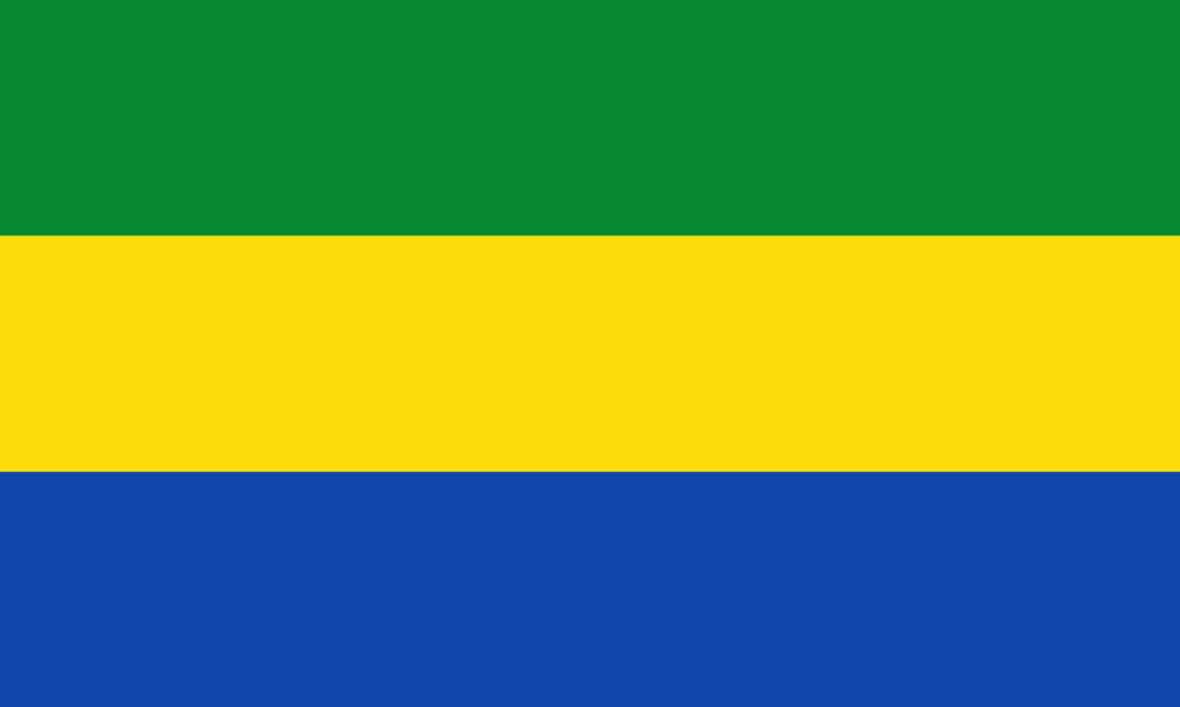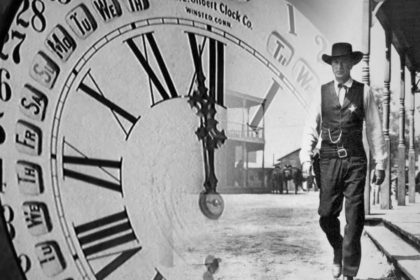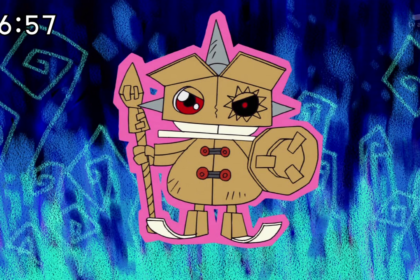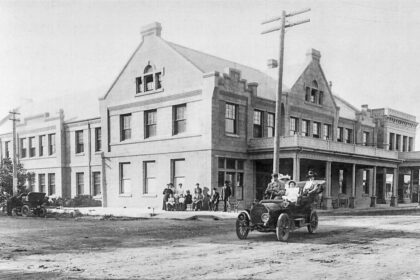Gabon is a country along the Atlantic coast of Central Africa. It has a significant amount of protected parkland and its forested coastal terrain its home to the famed Loango National Park. The park shelters a diversity of wildlife, from gorillas and hippos to whales. Take a look below for 30 more interesting and fascinating facts about Gabon.
1. Gabon is bordered by Equatorial Guinea to the northwest, Cameroon to the north, the Republic of the Congo on the east and south, and the Atlantic Ocean to the west.
2. Libreville is the capital and biggest city of Gabon. The city is a port on the Komo River, near the Gulf of Guinea, and a trade center for timber.
3. Gabon can be divided into three distinct regions: a narrow coastal plain, a hilly mountainous interior and a savanna in the far east and south.
4. 85% of the country is covered by tropical and humid forest.
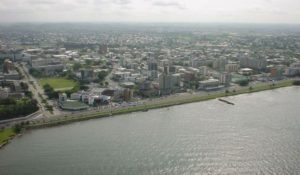
5. Mont Iboundji at 1,575 meters, or 5,167 feet, above sea level is the highest mountain in Gabon.
6. About 55% to 75% of Gabon is Christian, while many others follow traditional beliefs.
7. The official currency used is the Communuate Financiere Africaine Francs.
8. The economy of the country depends largely on timber and manganese. Industries focus on petroleum extractions and refining, manganese, gold mining and chemicals.
9. Agriculture includes cacao, coffee, sugar, palm oil, cattle, okoume and fish. Exports include crude oil, timber, manganese and uranium.
10. The rainforests are home to 777 species of birds. The biggest lake in Gabon is Ogooue, which stretches over a distance of 1,200 kilometers.
11. The official language of Gabon is French, though other languages such as Fang, Myene, Bateke, Bapounous, Eschira and Bandjabi are spoken.
12. Gabon is home to 80% of Africa’s gorilla population. It also has hundreds of dolomite and limestone caves, many of which are still unexplored.
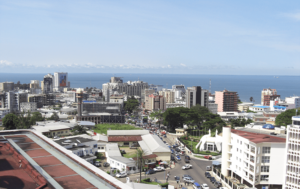
13. Loango National Park has more than 175 kilometers, or 110 miles, of uninhabited shoreline. It’s regarded as one of Africa’s last great coastal wildernesses.
14. Lope National Park is situated right in the center of Gabon and was the first protected area following the creation of the Lope-Okanda Wildlife Reserve in 1946. Although the terrain is mostly rain forest, in the north, the park contains the last remnants of grass savannas created in Central Africa during the last Ice Age, 15,000 years ago.
15. Kongu Falls is a massive cataract about 3.2 kilometers, or 2 miles, wide and up to 56 meters, or 184 feet, tall. It’s located in Ivindo National Park in eastern Gabon. It’s located on the Ivindo River and is one of the strongest-flowing waterfalls in the world, with an average flow of 900 cubic meters per second.
16. L’Eglise St. Michael, or the Cathedral of Saint Michael, is known for its 31 tall, wooden carved columns that depict various biblical scenes. A blind man is said to have carved the columns.
17. The earliest inhabitants of the area were Pygmy people. They were largely replaced and absorbed by Bantu tribes as they migrated.
18. Portuguese explorers and traders arrived in the area in the late 15th century. The coast subsequently became a center of the slave trade with the Dutch, English and French traders arriving in the 16th century.
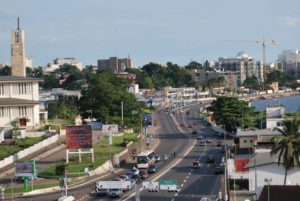
19. In 1839 and 1841, France established a protectorate over the coast.
20. In 1862 until 1887, France expanded its control to include the interior, and took full sovereignty.
21. In 1910, Gabon became part of French Equatorial Africa and in 1960, Gabon became independent.
22. In the early 1990s, Gabon introduced a multi party system and a new democratic constitution that allowed for a more transparent electoral process and reformed many governmental institutions.
23. A country with a primarily oral tradition up until the spread of literacy in the 21st century, Gabon is rich in folklore and mythology.
24. Mask making and ritual face painting are important parts of Gabonese culture, and styles vary dramatically between groups.
25. Gabonese people use masks to praise the ancestors and to mark important life events by signifying transformation. They are part of funeral and agrarian rites, and Gabonese people use them to promote fertility, provide spiritual protect and express cultural identity.
26. The Gabon national soccer team has represented the nation since 1962.

27. The Under-23 soccer team has won the 2011 CAF U-23 Championship and qualified for the 2012 London Olympics.
28. Gabon were joint hosts, along with Equatorial Guinea, of the 2012 Africa Cup of Nations, and the sole hosts of the competition’s 2017 tournaments.
29. The Gabon national basketball team, named Les Pantheres, finished 8th at the AfroBasket 2015, its best performance ever.
30. Gabon has competed at most Summer Olympics since 1972. The country’s sole Olympic medalist is Anthony Obame, who won a silver in taekwondo at the 2012 Olympics, which were held in London.

